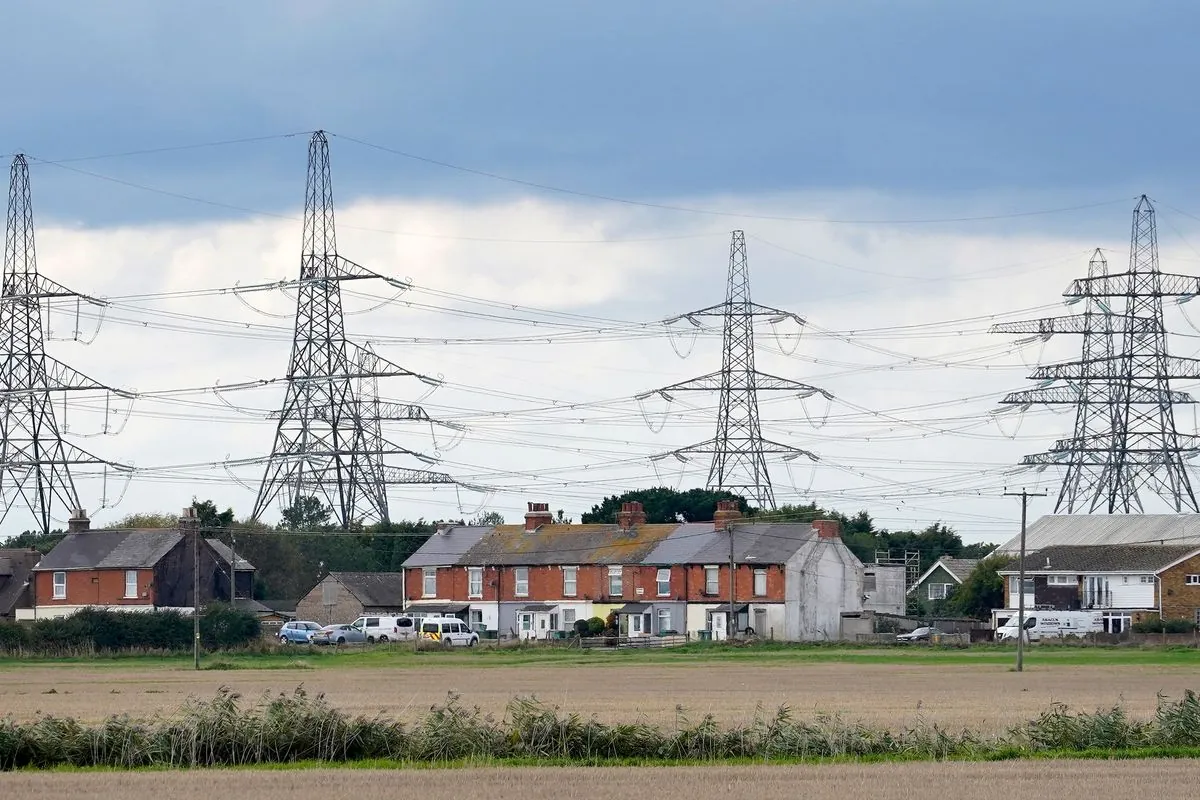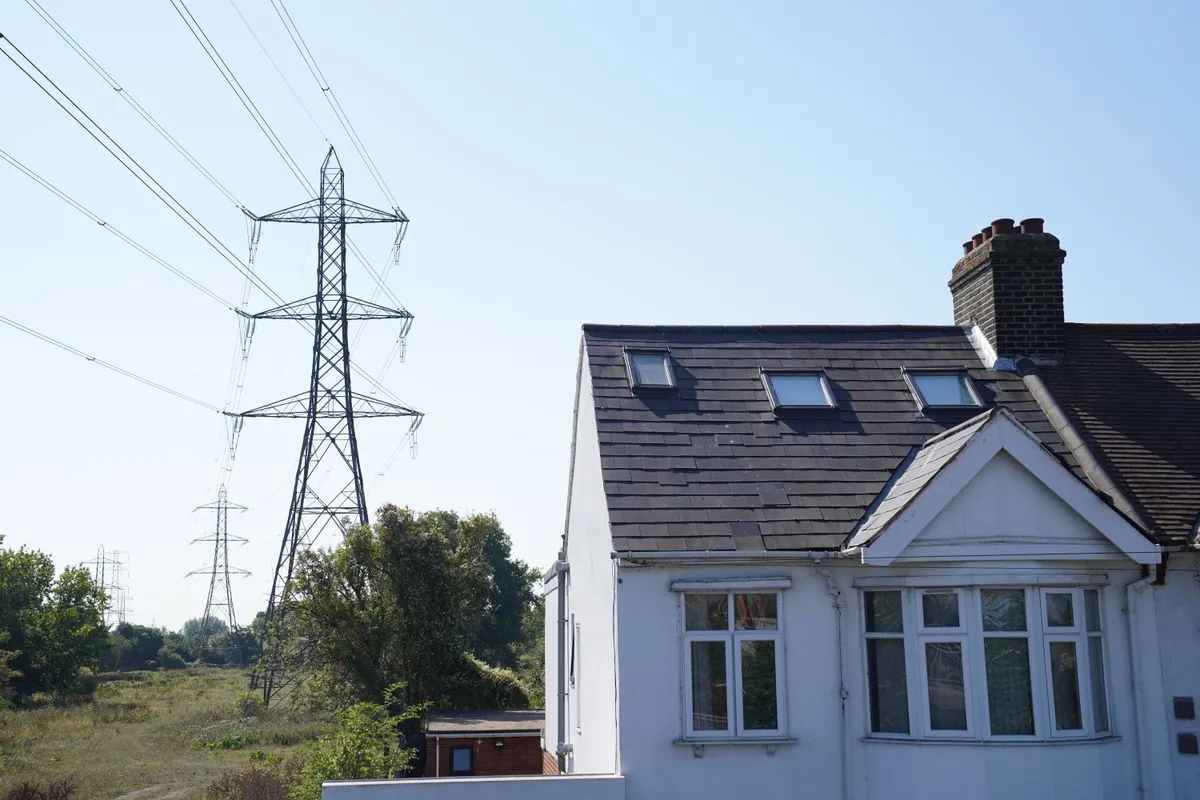LSE Study: Power Lines Slash UK Home Values by £12,000 on Average
Research reveals significant property devaluation near energy infrastructure. Proximity to power lines can reduce home values by up to 21%, raising concerns for future grid expansion plans.

A recent study by the London School of Economics (LSE) has unveiled the substantial impact of energy infrastructure on property values in the UK. The research indicates that homes located near power lines and pylons experience an average decrease in value of £12,000, shedding light on the hidden costs of grid expansion.
The study, conducted by Professor Steve Gibbons and former PhD student Cheng Keat Tang, analyzed the sale values of 38,000 homes in England and Wales situated in proximity to power lines and pylons. Their findings reveal a 3.9% average reduction in property value for homes within 1,500 meters of such infrastructure. For a typical UK home priced at £300,000, this translates to a £12,000 decrease.
However, the impact intensifies with closer proximity. Properties within 250 meters of power lines may face a staggering 21% reduction in value, potentially slashing £63,000 off an average-priced home. This revelation raises significant concerns as the UK government plans to expand its transmission networks.

The UK's energy landscape has evolved significantly since the erection of the first electricity pylon near Edinburgh in 1928. Today, the nation boasts over 600,000 miles of cable and 90,000 pylons, with the high-voltage transmission system spanning approximately 7,000 kilometers. As the country aims for a net-zero electricity system by 2035, the demand for power is projected to double by 2050, necessitating further infrastructure development.
The LSE researchers suggest that the cumulative impact on property values could be substantial, potentially affecting up to 4 million homes. They estimate that compensating just 10% of UK households for nearby pylons could cost £24 billion in 2024 prices. This staggering figure prompts consideration of alternative solutions, such as offshore power routing.
"Our findings suggest that the construction of new overhead pylons reduces prices by 3.9% for properties up to 1500 metres away, suggesting the impacts extend further than previously estimated."
It's worth noting that while concerns about electromagnetic fields (EMFs) from power lines persist, the World Health Organization has found no evidence of health effects from these EMFs. Nevertheless, the visual impact and potential noise pollution continue to influence property values.
The study also indicates similar financial impacts on homes located near wind turbines and solar farms. This finding is particularly relevant as the UK expands its renewable energy capacity, with offshore wind farms now capable of generating up to 10.4 GW of electricity.
In response to these concerns, a spokesperson for the Energy Networks Association emphasized the critical need for grid upgrades to meet the UK's energy demands. They stated that infrastructure development aims to balance reliable electricity supply with landscape and community considerations.
As the UK moves towards a smarter, more efficient grid system that could reduce energy losses by up to 30%, the challenge of balancing infrastructure needs with property values remains. Future technologies, such as superconducting cables, may offer new solutions to this ongoing dilemma.


































